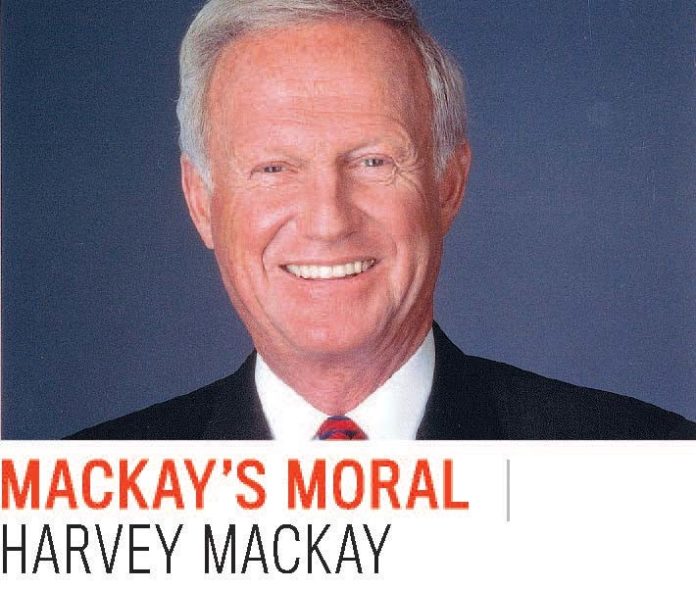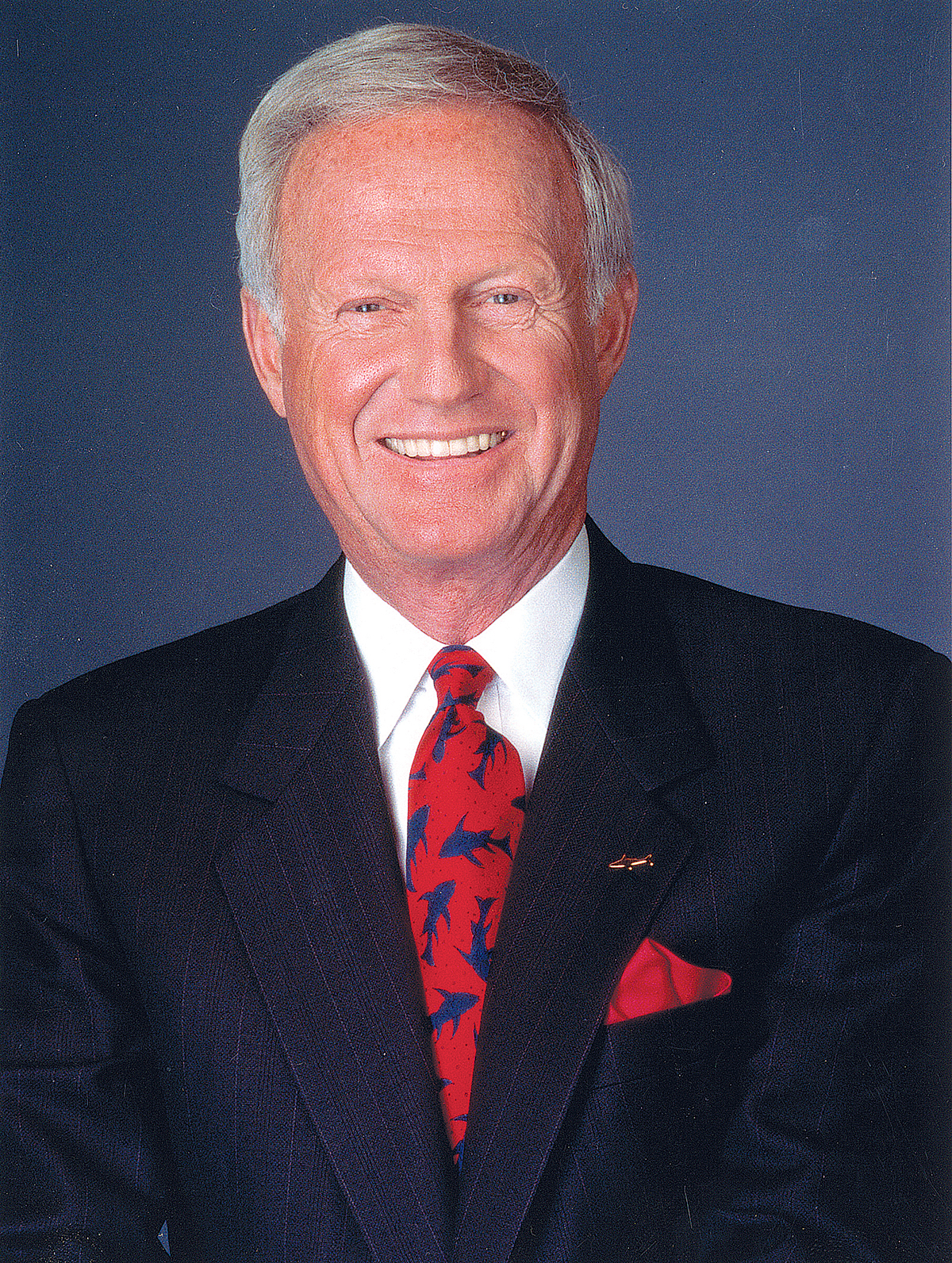The late Nora Ephron was a famous writer of essays and screenplays. Working on a movie, Ephron said, is a collaborative effort.
“When you deliver a script, it’s like delivering a great, big, beautiful, plain pizza, the one with only cheese and tomatoes,” Ephron said. “And then you give it to the director, and the director says, ‘I love this pizza. I am willing to commit to this pizza. But I really think this pizza should have mushrooms on it.’
“And you say, ‘Mushrooms! Of course! I meant to put mushrooms on the pizza! Why didn’t I think of that? Let’s put some on immediately.'”
The process continues, with more and more toppings being added. Sometimes it’s great. Sometimes it’s just the thing. And sometimes you kick yourself for allowing someone to put green peppers on it, because they overpowered everything else and ruined the pie.
That, Ephron said, is how collaboration works.
Collaboration is crucial for business. For proof, look at Procter and Gamble in the early 2000s. The company’s share price was down 50 percent. According to Rick Lash in the Ivey Business Journal, productivity had plateaued and the company’s innovation success rate – the percentage of new products that reached financial objectives – was stuck around an “unsatisfactory 35 percent.”
The company’s new CEO at the time, A.G. Lafley, was determined to make P&G known as the company that “collaborates, inside and out, better than any company in the world.” An analysis revealed that most of the company’s most profitable innovations came through collaboration, either internally across business units or externally with outside researchers.
So Lafley established 20 cross-functional “communities of practice” within the company and said that half of P&G’s products, ideas and technologies would come from external sources. Result: By 2008, P&G improved its research and development productivity by nearly 60 percent and more than doubled its innovation success rate while lowering the cost.
Collaboration is different from teamwork. According to an article from AAIM, the global community of information professionals, collaboration at the conceptual level involves:
n Awareness: Becoming part of a working entity with shared purpose.
n Motivation: Driving to gain consensus in problem solving or development.
n Self-synchronization: Deciding as individuals when things need to happen.
n Participation: Participating and expecting others to participate.
n Mediation: Negotiating to find a middle point.
n Reciprocity: Sharing and expecting sharing in return.
n Reflection: Thinking and considering alternatives.
n Engagement: Actively engaging with matters at all times.
There is power in collaboration. It is a great way for companies to work together to achieve success in unexpected ways. In today’s fast-paced marketplace, it is crucial to develop mutually beneficial partnerships to leverage creativity, experience and resources. This allows companies and individuals to innovate much more quickly and create solutions to problems.
For example, Lego, the toy company that produces a variety of interlocking, plastic building blocks, signed on with NASA, the National Aeronautics and Space Administration, to help familiarize children with real-world challenges in space.
Through the Space Act Agreement, Lego and NASA entered into a three-year collaboration to promote technology, engineering and mathematics, and to work on practical applications. In addition, astronauts used Lego models and toys in the International Space Station to demonstrate scientific concepts and perform experiments. NASA also provided Lego with ideas and educational materials for new toy collections. Will there be some future aerospace engineers from the legions of Lego fans as a result of this unlikely collaboration? n
Mackay’s Moral: If two heads are better than one, just imagine the collaborative power of two businesses.
Harvey Mackay is the author of the New York Times best-seller “Swim With the Sharks Without Being Eaten Alive.” He can be reached through his website, www.harveymackay.com, by emailing harvey@mackay.com or by writing him at MackayMitchell Envelope Co., 2100 Elm St. SE, Minneapolis, MN 55414.













